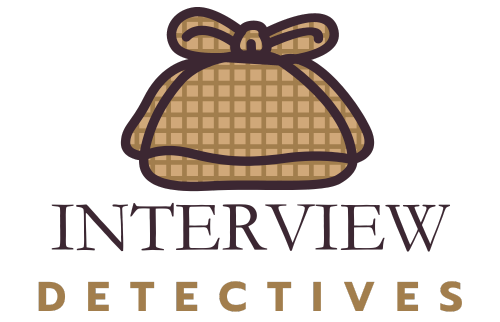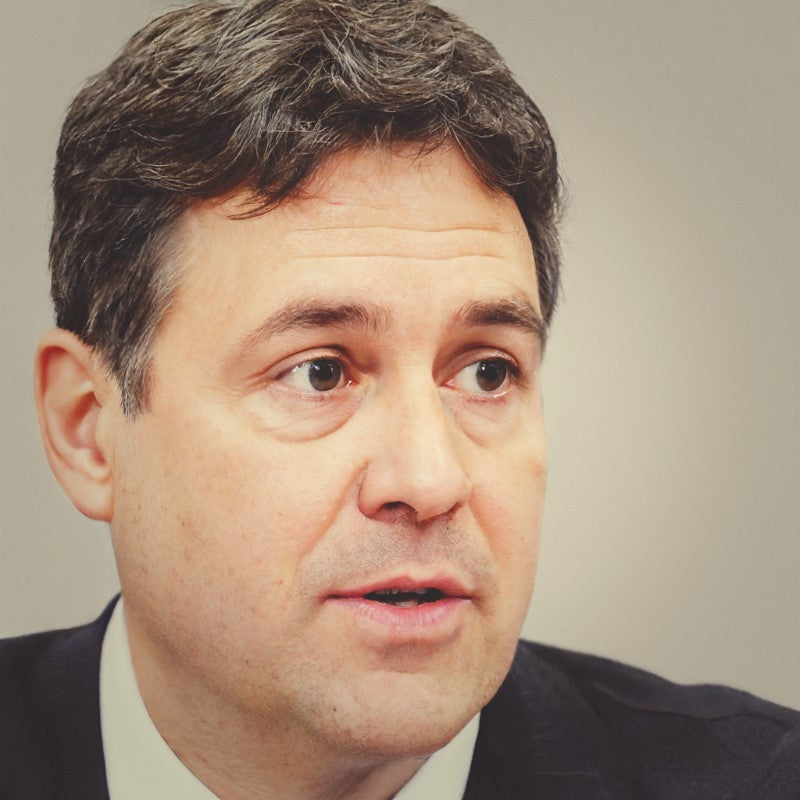Click here to see example answers to all of the MOST popular interview questions
Crafting an answer to this question can be done in 5 simple steps:
-
Belief: Start by sharing a core personal or professional belief that is relevant to effective communication. This sets the stage for your story and demonstrates your values.
-
Situation: Describe the context and specifics of the challenging situation where communication was key.
-
Task: Explain what your objective was in this situation, focusing on what specifically required effective communication.
-
Action: Detail the steps you took to communicate effectively, highlighting your strategic approach or methods.
- Result: Conclude with the outcomes of your actions, emphasizing the positive impact and what you learned from the experience.
Here's an example response using all 5 steps:
"Belief: I firmly believe that clear and empathetic communication is the cornerstone of resolving conflicts and navigating challenging situations. This principle has guided me throughout my career, especially during times of tension or misunderstanding.
Situation: In my previous role as a project manager, we faced a situation where there was a significant misalignment between our development team's capabilities and the client's expectations for a software project. The client was frustrated due to missed deadlines and features that didn’t meet their standards, which threatened the project's success and our relationship with the client.
Task: My task was to bridge the communication gap between the client and our development team, realign expectations, and devise a plan to get the project back on track without compromising quality or further straining our relationship with the client.
Action: I initiated a series of structured meetings that included key stakeholders from both sides. I started by openly acknowledging the issues and the frustrations that had arisen, which helped in establishing a foundation of trust. I then facilitated a transparent discussion where both parties could voice their concerns and expectations. Using active listening and mediation techniques, I worked with the team to break down the project into more manageable parts, setting realistic milestones and involving the client in the decision-making process to ensure alignment at every stage.
Result: This approach not only helped in de-escalating the situation but also in fostering a collaborative environment. We were able to renegotiate the project timeline and deliverables in a way that was realistic and acceptable to the client. Ultimately, the project was completed to the client's satisfaction, and we even received commendation for our commitment to transparency and quality. This experience reinforced my belief in the power of effective communication and taught me valuable lessons in managing expectations and building stronger client relationships."

